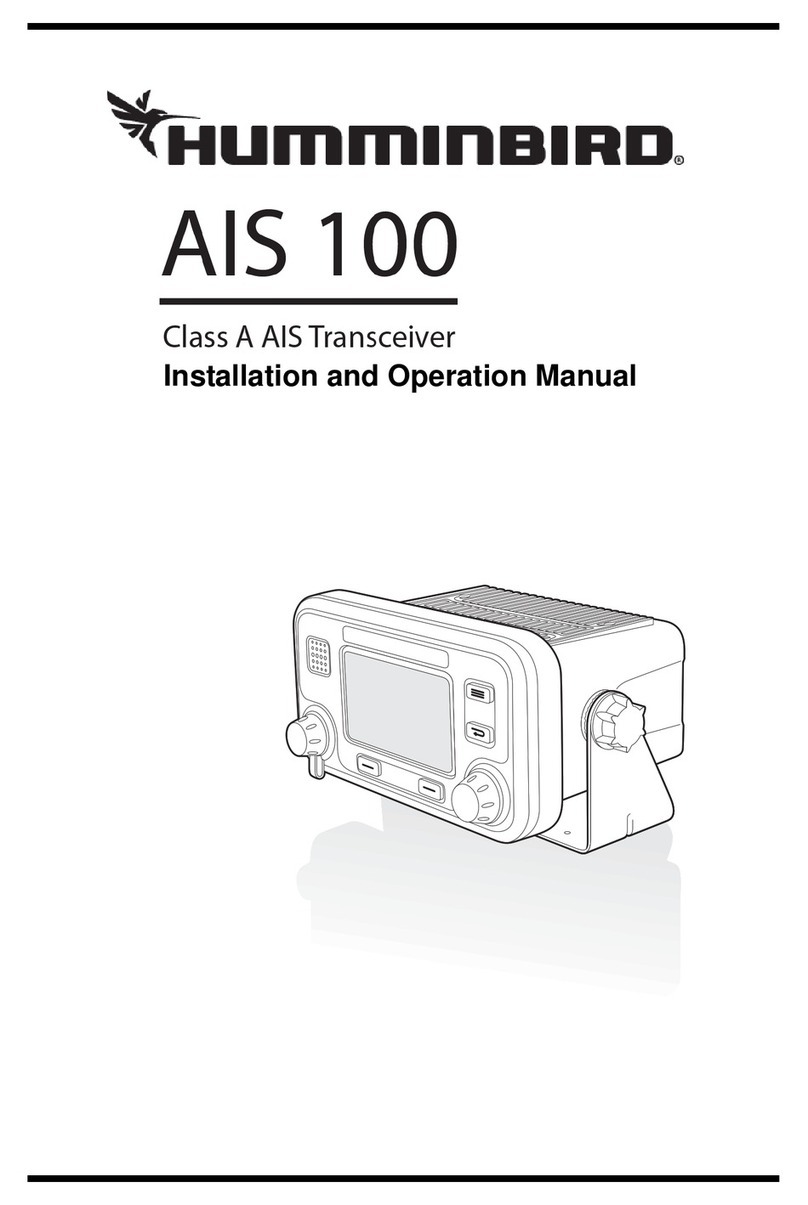
When the battery pack is off the DC5s unit, care should be used to prevent damage to the
mating slide and electrical contacts on the top of the battery. Also the slide and contact area on
the bottom of the unit will be vulnerable to damage if not protected. It is best to keep the battery
pack installed even if the radio is being stored for extended periods.
BATTERY CHARGING
The battery pack included with your DC5s contains Nickel-Cadmium type rechargeable
batteries. Battery charge life (how long the battery will hold a charge) varies with a number of
factors including temperature, frequency of use, use of the transmitter, etc.
Nickel Cadmium batteries are used due to their long operational life. Proper use of your NiCd
batteries will extend both the charge life and the battery life.
NiCd batteries require regular exercises in order to maintain their full potential. A battery that is
kept at full charge continually, by charging over a long period of time (30 days) will develop a
memory effect which considerably shortens the charge life. A more common type of memory
effect is induced by uniform shallow cycling. For example, if a battery is repeatedly operated at
50% of its full capacity.
Ideally, a NiCd battery should be fully charged, fully depleted, fully charged, etc. This exercising
prevents the memory effect and ensures maximum charge life of the battery.
If a battery shows early signs of reduced charge life due to the memory effect, it is easy to
restore the battery to it’s full potential by intentionally exercising the battery several cycles from
full charge to full discharge.
The battery pack can be charged on or off the DC5s unit. Both the 110 VAC adapter and 12
VDC cigarette lighter adapter (available as an accessory) will power the DC5s for normal
operation while maintaining a trickle charge to the battery pack.
Additionally, a 1-hour quick charger is available as an accessory which enables very fast change
cycles from a 110 VAC source.
If the DC5s is used frequently or for an emergency, a back-up battery pack is a good idea.
Before using your DC5s for the first time, the battery should be fully charged. To charge the
DC5s battery, simply plug the charger into the charge jack on the rear of the battery pack. If you
are using the wall charger, the red LED light will illuminate if proper connection is made and the
battery is accepting the charge. When possible, charge the battery at room temperature. Never
charge the battery below 50 degrees F (10 degree C) or above 95 degrees F (35 degrees C)
since this could cause damage to the battery or reduce the charge life.




























